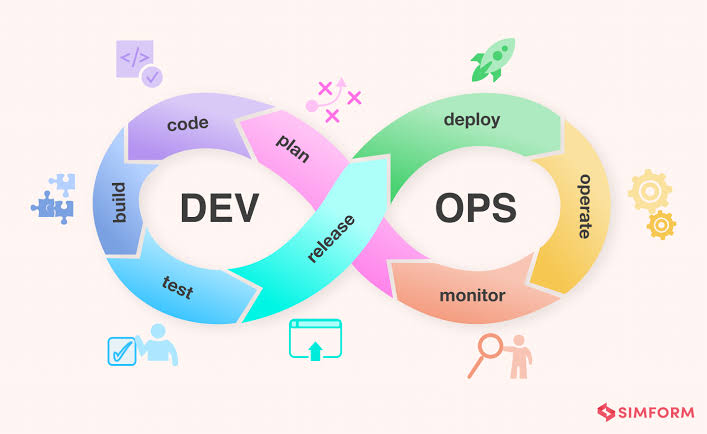Navigating the DevOps Lifecycle: From Code to Deployment
 Suraj Kumar
Suraj Kumar
Introduction
DevOps has transformed the landscape of software development and operations by promoting a culture of collaboration, automation, and continuous improvement. At the heart of DevOps lies the DevOps lifecycle, a series of interconnected stages that guide the journey from writing code to deploying and maintaining robust and efficient software systems. In this article, we will delve into the DevOps lifecycle, examining its key stages, best practices, and the benefits it brings to modern software development.
Understanding the DevOps Lifecycle
The DevOps lifecycle consists of several key phases that ensure a seamless and efficient software delivery process. While these phases can vary slightly between organizations, the fundamental principles remain consistent:
1. **Plan**: The journey begins with careful planning. Development and operations teams collaborate to define project objectives, requirements, and goals. This phase involves setting priorities, estimating timelines, and allocating resources effectively.
2. **Code**: In this phase, developers write, review, and test the code. DevOps encourages practices like version control, code reviews, and continuous integration (CI) to ensure code quality and consistency.
3. **Build**: Automated build processes take center stage during this phase. CI systems automatically compile and build code changes, providing early feedback on code integrity. Automated testing, such as unit tests, is often integrated into this stage to catch defects early.
4. **Test**: Testing is a continuous and iterative process in DevOps. Quality assurance (QA) teams conduct various tests, including functional, integration, and performance testing. Automated testing tools help identify and report issues promptly.
5. **Deploy**: Continuous Delivery (CD) is a hallmark of DevOps. In this phase, automated deployment pipelines take code changes and move them to staging or production environments. This automation ensures a consistent and reliable deployment process.
6. **Monitor and Operate**: Once software is in production, it must be monitored continuously. DevOps teams use monitoring tools to track application performance, identify issues, and collect user feedback. This feedback loop is crucial for rapid issue resolution and further development.
7. **Feedback**: DevOps values feedback from all stages of the lifecycle. Teams regularly review and assess the process to identify areas for improvement. This iterative feedback loop drives continuous optimization and innovation.
Best Practices within the DevOps Lifecycle
1. **Automation**: Automate repetitive tasks as much as possible, including code builds, testing, and deployment. Automation reduces human error, speeds up processes, and ensures consistency.
2. **Collaboration**: Foster a culture of collaboration between development and operations teams. Encourage open communication, shared goals, and cross-functional teams to break down silos.
3. **Continuous Integration and Continuous Deployment (CI/CD)**: Implement CI/CD pipelines to streamline code integration and deployment. This enables frequent releases, reduces deployment risk, and allows for rapid feedback.
4. **Monitoring and Feedback Loops**: Establish robust monitoring systems to gather real-time data on application performance. Utilize this data to drive informed decisions and improve software quality.
5. **Security**: Integrate security practices throughout the lifecycle. Conduct security assessments, perform code scans, and enforce security policies to identify and mitigate vulnerabilities early.
Benefits of Embracing the DevOps Lifecycle
1. **Faster Time-to-Market**: DevOps enables faster delivery of features and updates, allowing organizations to respond rapidly to market demands.
2. **Enhanced Quality**: Automated testing and continuous integration result in higher software quality with fewer defects.
3. **Improved Collaboration**: DevOps promotes better communication and cooperation between teams, leading to more efficient workflows.
4. **Increased Efficiency**: Automation reduces manual overhead, freeing up resources for strategic work.
5. **Greater Scalability and Reliability**: Continuous monitoring and feedback help identify and address performance bottlenecks, ensuring scalability and reliability.
Conclusion
The DevOps lifecycle is a game-changer in the world of software development and operations. By embracing collaboration, automation, and continuous improvement, organizations can streamline their software delivery processes, reduce risks, and deliver high-quality software faster than ever before. As the digital landscape continues to evolve, mastering the DevOps lifecycle is essential for staying competitive and meeting the demands of modern software development.
Subscribe to my newsletter
Read articles from Suraj Kumar directly inside your inbox. Subscribe to the newsletter, and don't miss out.
Written by
